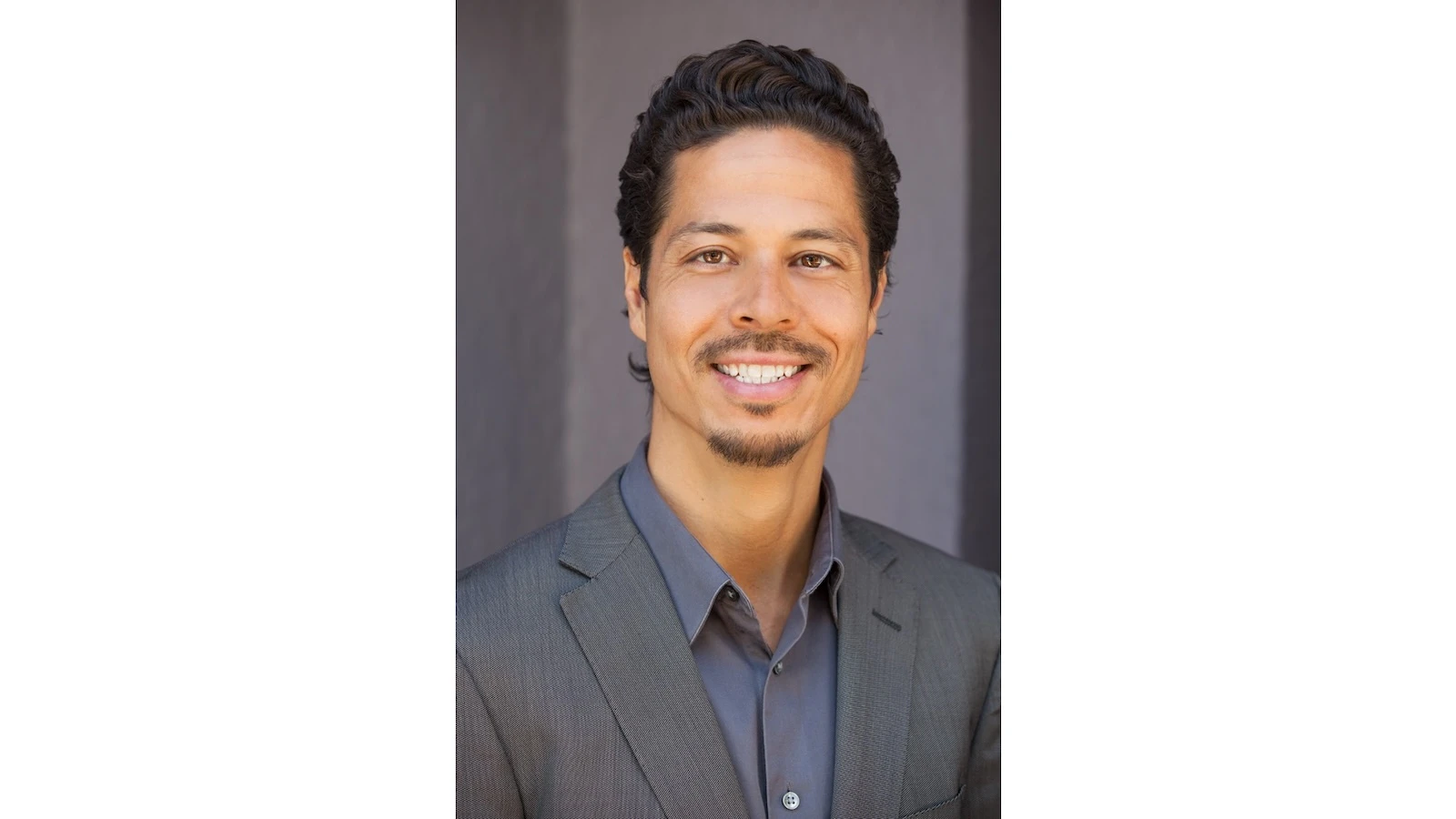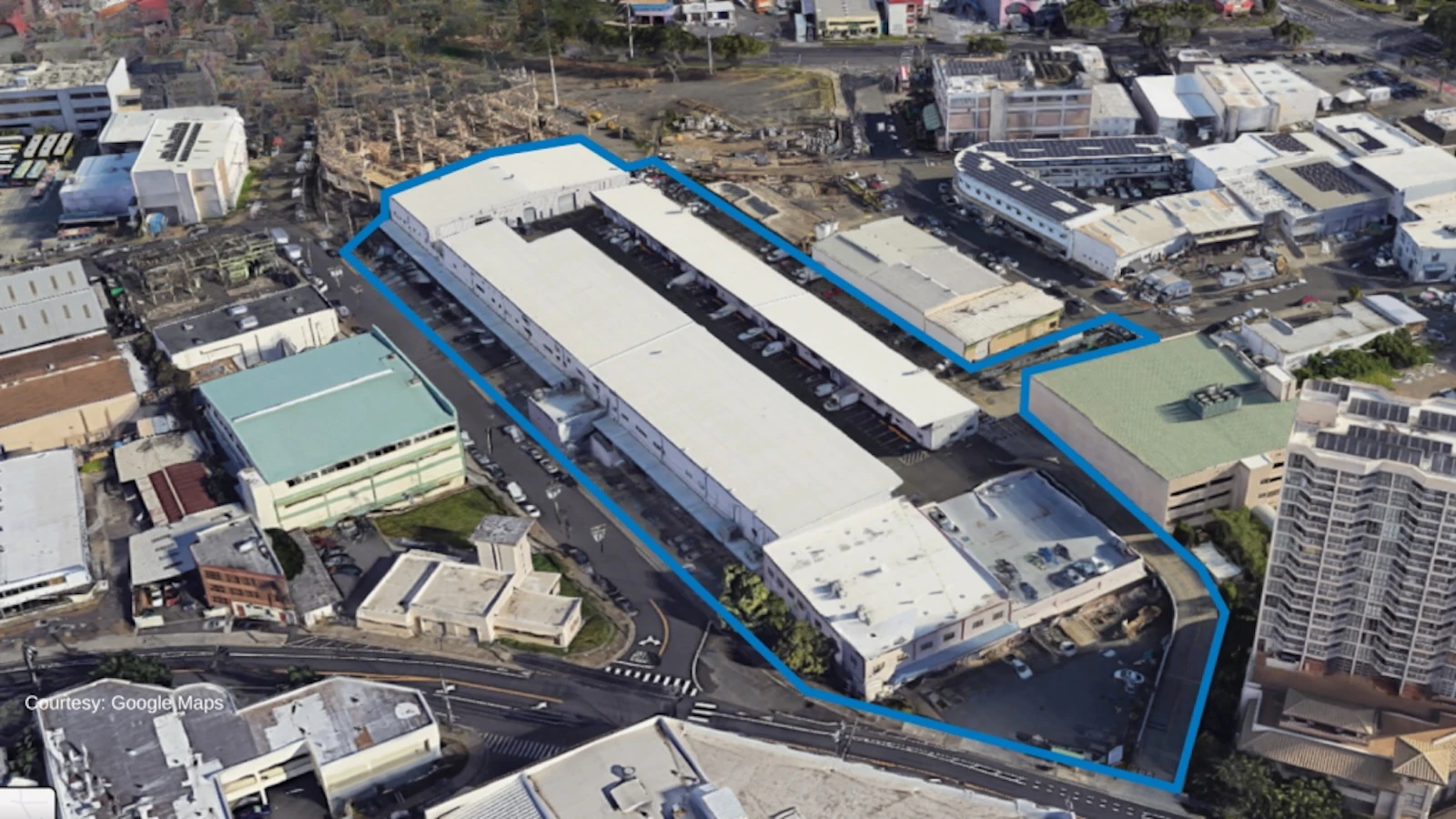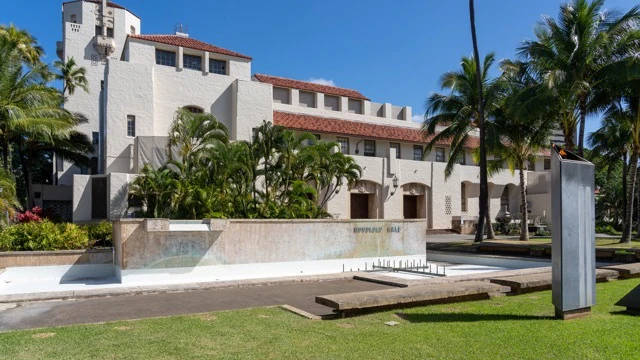A city homeless support program is not working as it should, say county officials and public safety advocates.
The Honolulu City Council is asking the City Auditor to conduct an investigation into the Honolulu Emergency Services Department’s Crisis Outreach Response and Engagement (CORE) Program.
The program, launched in Dec. 2021, responds to non-violent 911 calls involving homeless people in Honolulu. The program touts response teams that include emergency medical technicians and community health workers who are able to connect homeless people to necessary services instead of requiring the intercession of armed police officers.
But Councilwoman Andria Tupola, who represents Kapolei, Wai‘anae, portions of ‘Ewa Beach, and others, is calling for an audit of the program.
“We can’t waste time and we can’t waste money,” Tupola told the Council Committee on International and Legal Affairs on Wednesday. “We think that it’d be better to have a neutral third-party audit so that … it’s a really good look at comparing what we’re doing [with other programs].”
Liam Chinn, facilitator of the Reimagining Public Safety in Hawai‘i Coalition — a group of legal reform advocates — told Aloha State Daily that the program has not been particularly effective since its launch, despite being ostensibly modeled after more successful crisis outreach programs elsewhere in the country.
In particular, Chinn highlighted the “gold standard” of crisis outreach programs: the Crisis Assistance Helping Out On The Streets (CAHOOTS) program developed in Eugene, Oregon in 1989.
Chinn said most other crisis programs in the U.S. are modeled after CAHOOTS, which at its peak was able to divert about 20% of the area’s 911 calls away from police and toward social service workers.
Where CORE differs from CAHOOTS, Chinn said, is in that diversion process. Whereas CAHOOTS and its derivative programs send a tandem team of EMTs and crisis counselors to respond to 911 calls, CORE only deploys an EMT.
“EMTs are not skilled in de-escalation,” Chinn said. “Programs like CAHOOTS emphasize de-escalation, but as it is, CORE is just about medical intervention.”
Because of this, Chinn said CORE can’t properly function as a crisis outreach program. EMTs and social workers are siloed off from each other, making it difficult or impossible for the program to follow up with individuals for further care.
Chinn said CORE is being treated fundamentally as a political tool to move homeless people out of areas like Waikīkī and Chinatown, but CAHOOTS and other programs are not meant to exclusively handle homeless calls, but any calls involving someone undergoing a mental health crisis.
But Chinn said CORE has more than just philosophical problems. No performance measures have been posted on the program’s website since 2022, and how the project’s funds are being spent — CORE received more than $3 million in federal funds when it launched — is unclear.
Several people testified Wednesday claiming to be employees of the Honolulu Emergency Services Department or CORE supervisors. They said the program in its current state is “wasteful and inefficient” and not serving its intended purpose.
Despite this, Chinn and others emphasized that the audit shouldn’t be used as an excuse to cut funding for CORE or eliminate the program. Instead, he said, the investigation should be used to highlight where the program can be improved, and he recommended that an independent oversight board be set up to continue to monitor the program’s effectiveness going forward.
Deputy City Auditor Troy Shimasaki told the committee Wednesday that the audit could be completed by the end of the year if the council ultimate votes to pass it. The committee voted in favor of the audit, but the full council has yet to rule on it.
ASD reached out to HESD for comment.





